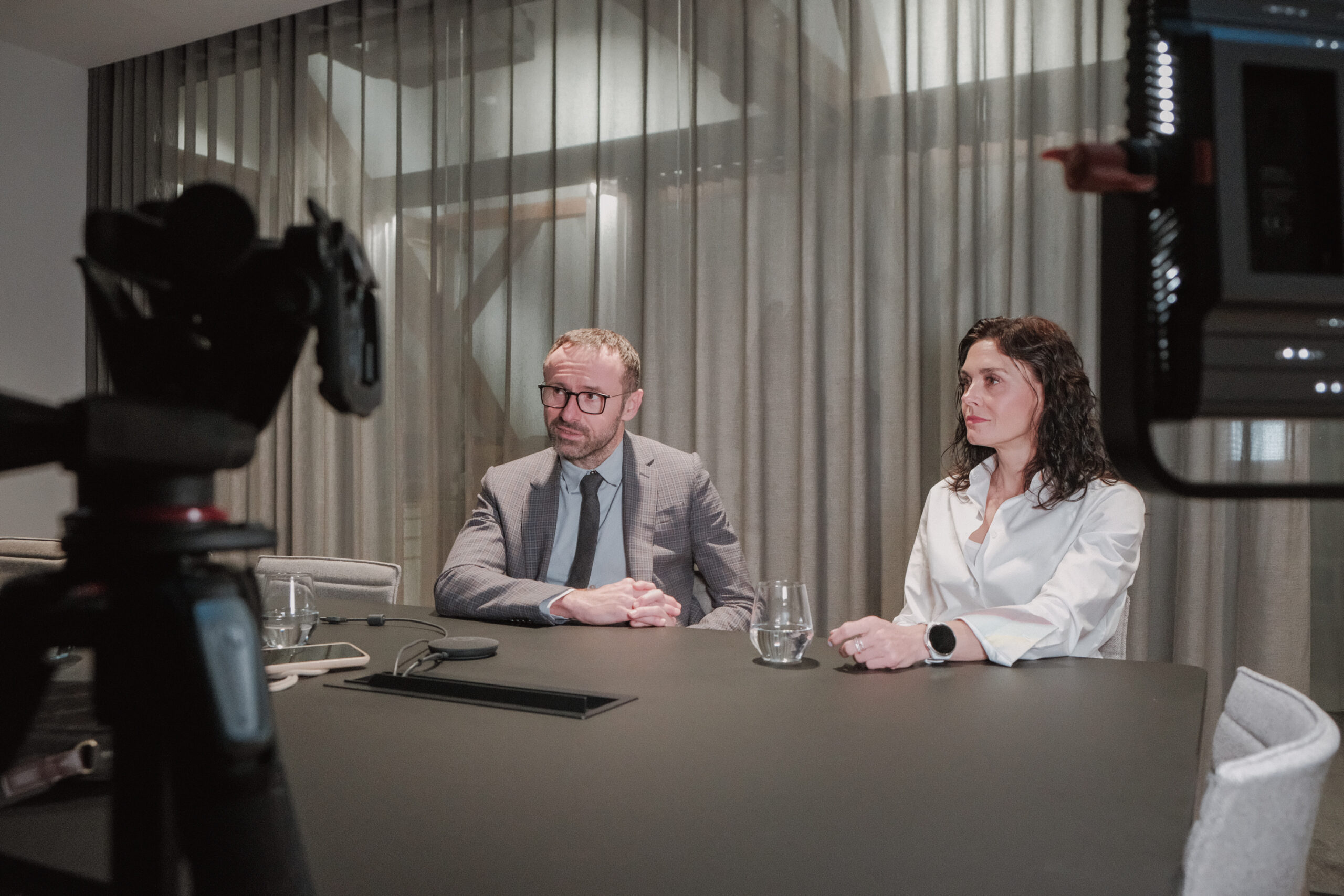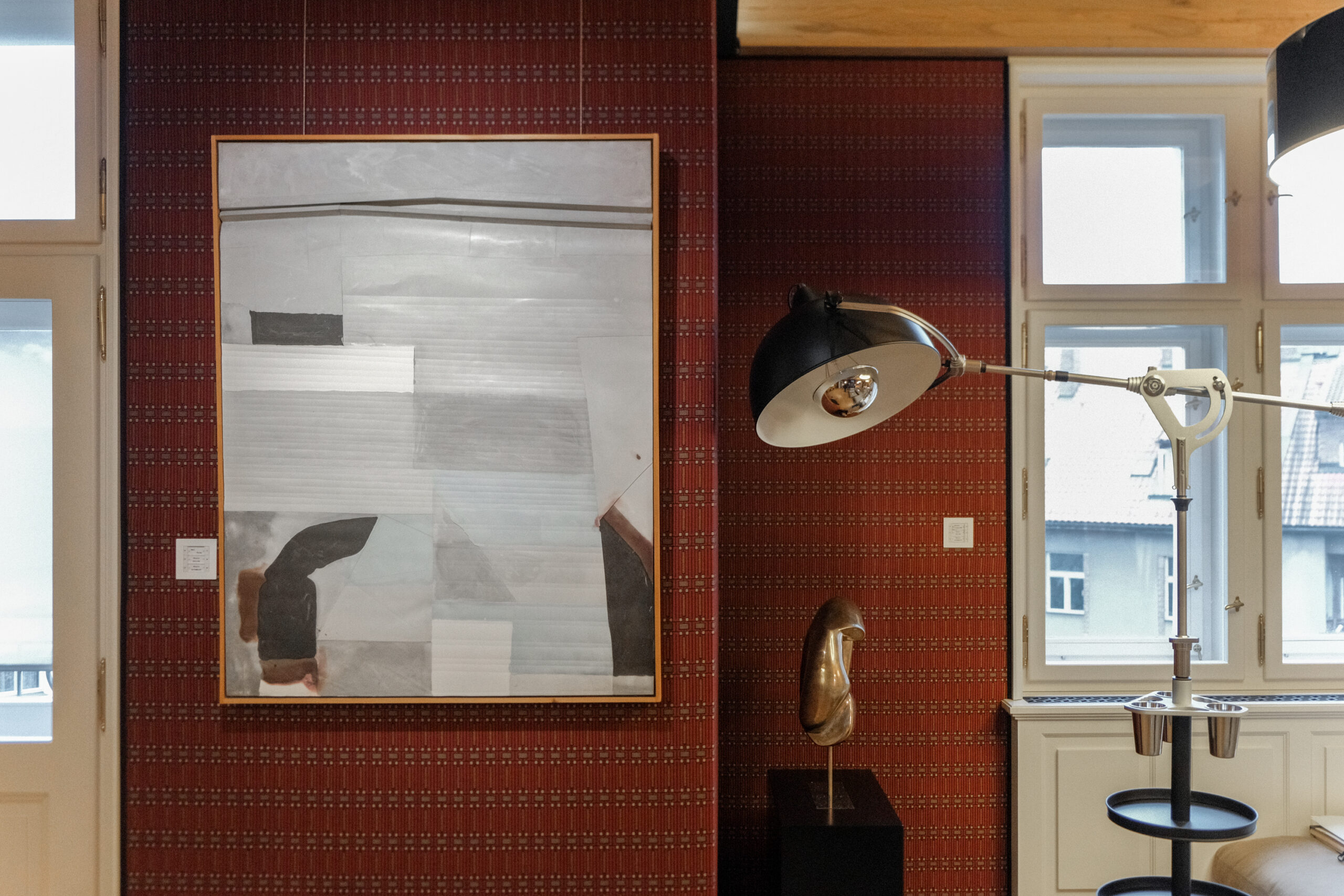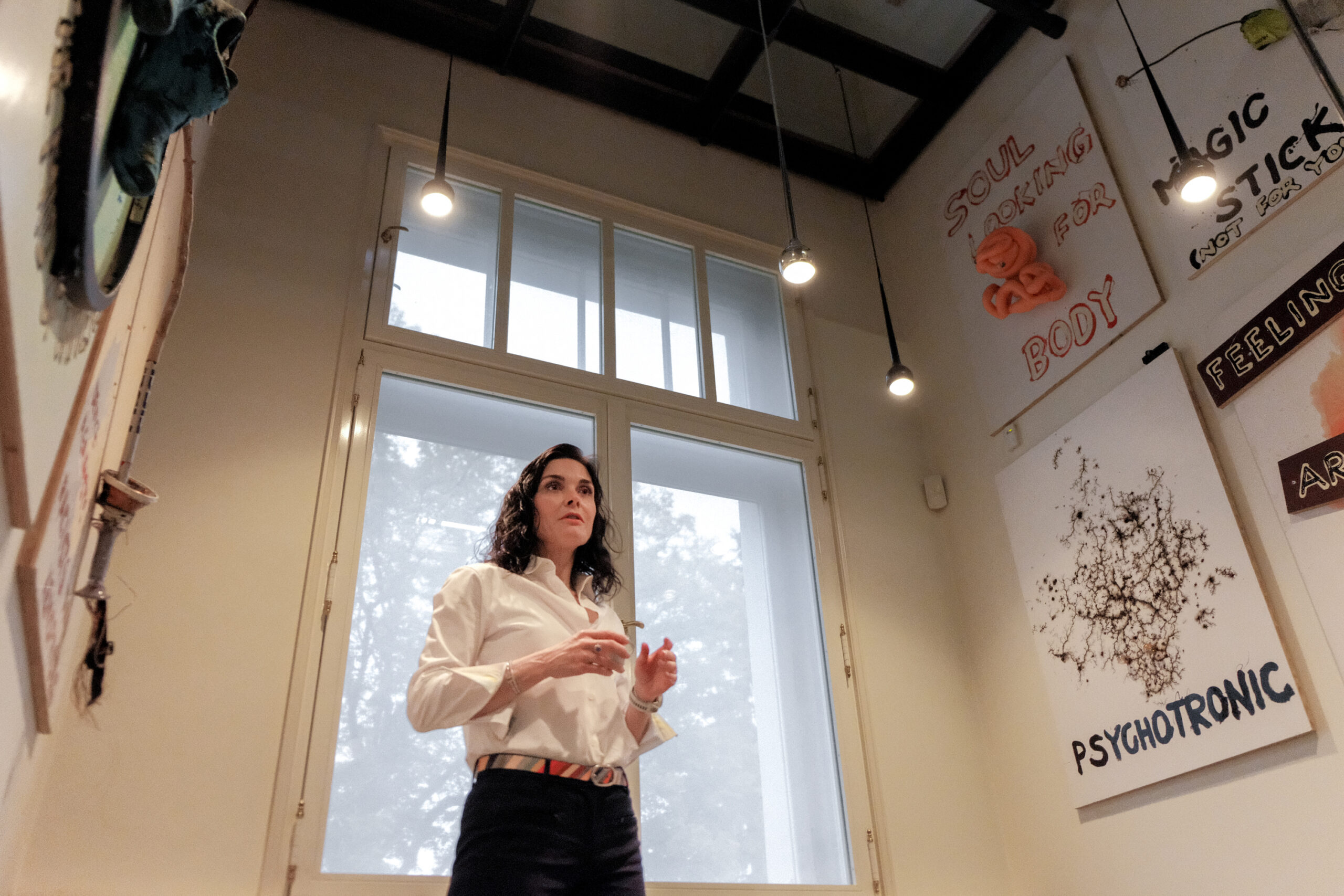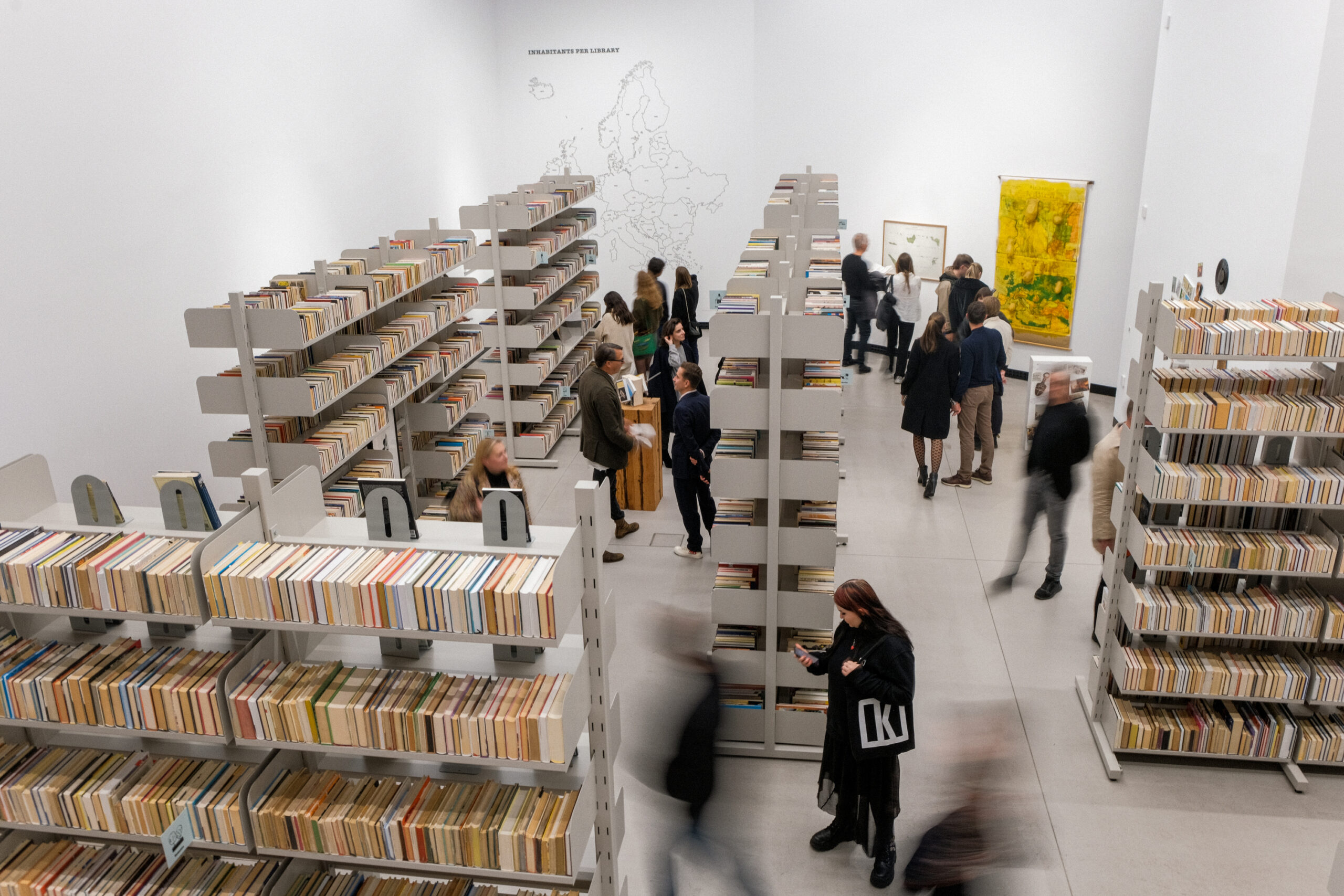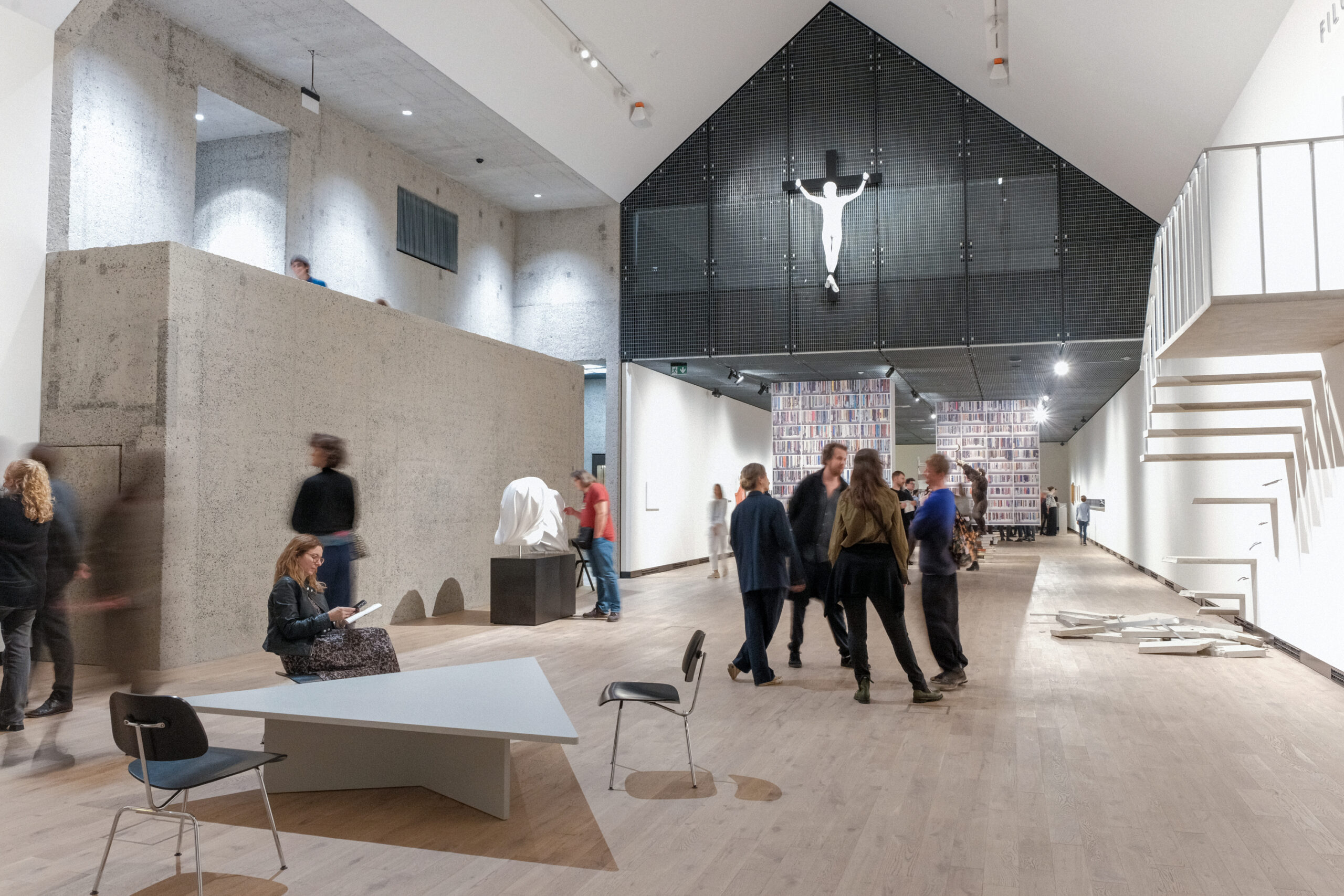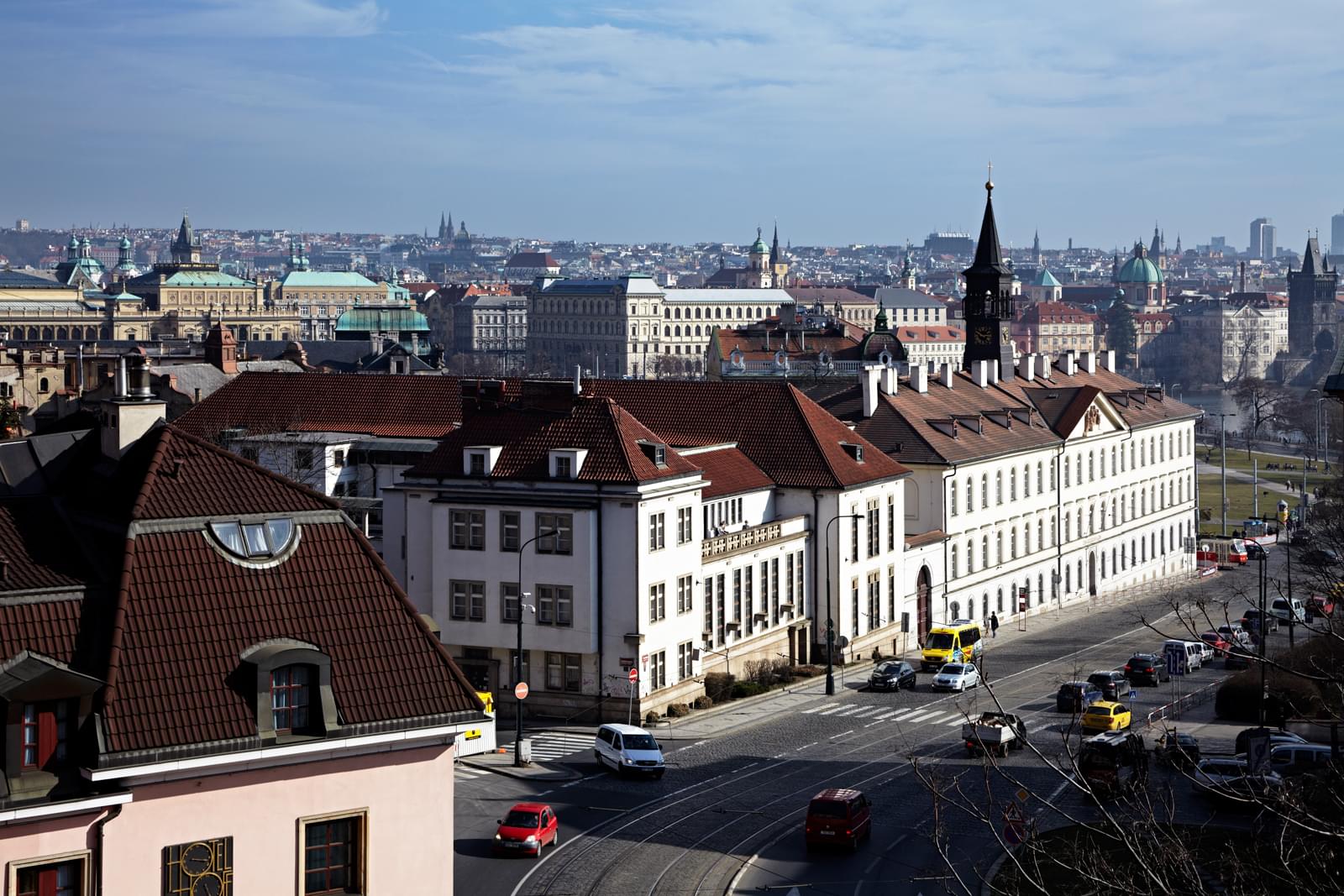From Private Collectors to Founding Kunsthalle Praha
Collectors Interview | Pavlína and Petr Pudil
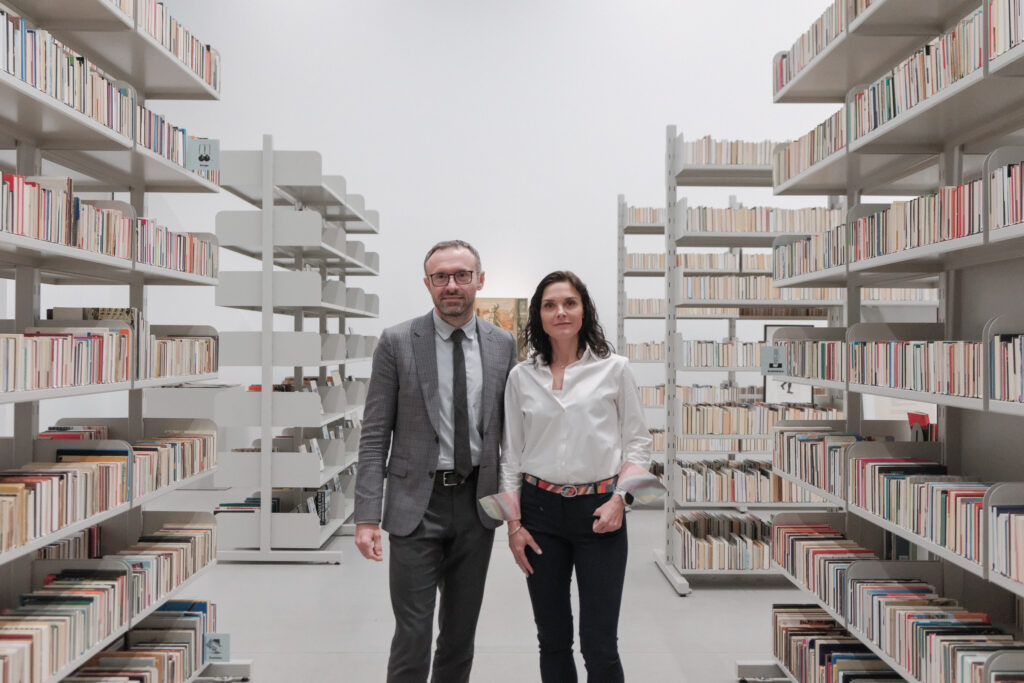
It all started, when Pavlína and Petr Pudil wanted to buy a decoration for their living room. 20 years later, the couple have not only built up a foundation collection of 3,000 works by the most important artists in the Czech Republic and the surrounding countries from modernism to the present day, but have also founded the Kunsthalle Praha, an exciting young institution that puts this very collection in dialog with international artists. We spoke to Petr and Pavlína Pudil about their development from “hobby collectors” to founders of an important art institution.
You live here with the foundation’s art, ready to travel internationally. Don’t you miss the works when they leave?
Pavlína Pudil: As a collector, you like to share it with someone. So loaning it out is a good opportunity to share your works and make your collection visible. We loan to many institutions. Our biggest work of Kikki Kogelnik was loaned to Albertina Modern when they opened three years ago. We recently sold a Monet –as it was made in the 19th century and our collection starts in the twentieth, it did not really fit. We decided to sell it and be able to buy more contemporary art from it. But I do miss it a little bit.
How did your journey in art collecting begin?
Pavlína: It all started more than 20 years ago with an oil painting by a quite unknown Czech painter, Zdeňka Marschalová, that we had actually bought for decorating our living room. The painting showed card players, and we loved it a lot. We did not have any background in art then, but you know how it is: it pretty soon became an addiction. You realize that you have entered this big world and spend days on end educating yourself. And soon you realize that you are not only an art lover but a collector.
Petr Pudil: The first painting we bought for the collection was a “Black Pierrot” by Jindřich Štyrský. So our collection started with Czech modern art, which set the tone for the future.
It was a long way from buying your first painting to founding Kunsthalle Praha. Tell us about your journey.
Pavlína: We wanted to do more with our art and realized that the Czech art scene could use some support. We started by supporting the National Gallery, but from our point of view, it was not efficient enough.
Petr: The moment that this building appeared on the market, we immediately knew that it’s a wonderful life opportunity. This old industrial building in such a great location. I’m also a real estate developer and I am convinced that there is no other building in Prague like this one. From this point onward, we asked ourselves what the vision and program should be and started to hire the first people for our team, who are with us until today. It took us three and a half years to fix the place.
What are your main learnings so far?
Petr: Running a museum is one of the most difficult businesses I ever did. Because normally, when you run something like a company, being excellent in one or two skill sets is pretty much enough to be successful. As an art institution, you have to be very much advanced in almost every aspect, from marketing over gastronomy to visitor service, in exhibition research, publication research, collecting – almost everything has to be perfect.
Pavlína: We have also noticed how different life is for a collector who is independent in comparison to running an institution. Our perspective has completely changed. Now we are collecting in the institutional view – looking at filling the gaps in our collection. We have a team and a strategy. And we are focusing on pieces that are important for the collection in the long-term perspective or vision.
What’s the philosophy behind your collection and Kunsthalle Praha?
Petr: From the beginning, we wanted to buy art from the region and put it in context with international pieces. The collection is based on long-term loans of other collectors – Czech collectors, but also from Slovakia, Hungary, and other nations around the Eastern regions. You can find almost all our collection online – we want to be a platform where everyone will go who wants to see what is relevant in the region.
Pavlína: Sharing is part of collecting. Art is very inspiring, and it brings me so many questions and ideas. It helps me to have a perception of our lives and our society. Without it, our society would not work. Something would be missing.
How do you navigate the challenges of budgeting for new art acquisitions?
Petr: Regular collectors can buy something just because they like it or it’s fun. But since every budget is limited, and running Kunsthalle is quite expensive, we have to carefully consider each purchase. I always say it’s like, when you have kids, and they want a new bike – you have to choose between a fancy new mountain bike for yourself and the wish of your kid. If your budget is limited, you obviously buy the one your child wants.
Pavlína: We are already doing some divestment so we can buy new pieces. This is also part of collecting because a collection is like a living organism, evolving all the time. It is a never-ending process, and this is what makes it really interesting.
What role do you believe private collectors and institutions play in shaping the art scene?
Petr: One of the advantages of being private collectors and a private institution is that you don’t have any fiduciary duty to your taxpayers and can be flexible in what you are collecting. The flexibility to also narrow your collection, or change the topic, is very refreshing. This freedom to calibrate makes a collection even better. Local institutions have very limited opportunities to sell something, which also means limited possibilities to acquire something new.
Do you think the government is doing enough to support contemporary art in the city?
Petr: I believe that society in which artists are playing an important role is much more stable if it’s driven by people, rather than governments. I think the intention is there, but the help is not as efficient as could be. The government is confirming what they pride themselves to be: a liberal city. With consequences, they don’t care so much. Which is good and bad. You know, the good thing is that the government is not intervening into the art scene, allowing it complete freedom. This building is a perfect manifestation of that, you know, our neighbors are the Government and the Parliament of the Czech Republic, and we’ve never had any question or intervention whatsoever.

